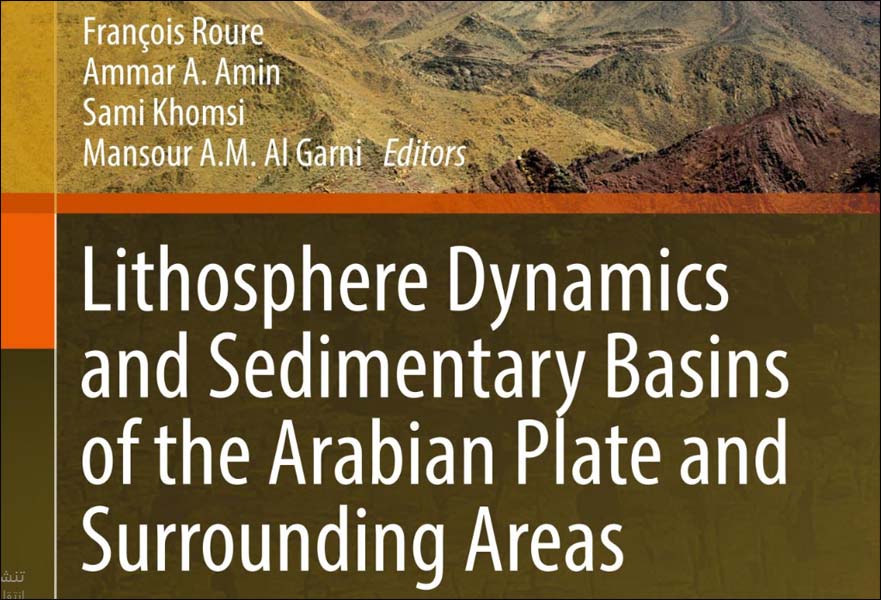Regional detachment folding and layer-parallel shortening in lower Sulaiy Formation, Central Arabia
Abdullah O. Bamousa1*, Abdullah M. Memesh2, Salih M. Dini2 and Ali Al Zahrani2
1.Taibah University. * correspondence author. 2. Saudi Geological Survey
presented in : 11th international geological conference 23-7-1436 equiv. to 12-5-2015, Riyadh
Abstract. Sulaiy Formation is a Late Jurassic to Early Cretaceous unit, composed of yellowish-gray andgray, fine-grained dolomitic limestone and yellowish-gray argillaceous dolomitic limestone. It is exposed in Shaqra, Rumah, Riyad, Hawtat Bani Tamim, Layla and As Sulayyil 1:250,000 quadrangles, along 550 km arcuate belt, within the interior homocline. It is underlain by Jurassic Hit and Arab formations, and overlain by Cretaceous Yamamah and Buwaib formations in ascending order. It contains trans-stratal breccia and chaotic pack breccia layers, formed by interstratal dissolution and subsequent collapse and karstification. It underwent detachment folding and layer-parallel shortening, deforming basal part of the formation. The contractional features include doming, box folds, refolded folds, disharmonic folds, try-shear thrust faults and detachment faults. The study was conducted In Wadi Nisalah, south of Hawtat Bani Tamim 1:250,000 Quad, for its best exposed features of contractions. However, these features are present, wherever Sulaiy Formation and successive units are exposed. Therefore, the detachment structures are regionally exposed. The Sulaiy Formation and its geomorphic and structural features are bound to the east by a geomorphic escarpment from North Riyadh to As Sulayyil within the interior homocline. It is cross-cut by Nisah fault, southwest of Riyadh, in which the natural escarpment follow Nisah fault.
The contraction was believed to be due to interstratal dissolution, and subsequent karstification of Hit Formation. This study suggests that contraction was formed tectonically prior to interstratal karstfication, induced by SW-directed compression. The basal part of Sulaiy Formation and the upper part of Hit Formation may represent decollement level, where Arab Formation may represent the fixed horizon below Sulaiy and Hit units. The upper part of Sulaiy as well as Yamamah and Buwaib units were detached above the decollement zone, forming basin-and-dome structure above the surface.
This study suggests that Sulaiy Formation and subsequent units underwent detachment folding and layer-parallel shortening during late stage of Alpine Orogeny, in the Tertiary. It also suggests that interstratal karsts, dissolution and collapse features formed geomorphically during the Quaternary.
 أ.د. عبدالله بن عمر باموسى الموقع الشخصي
أ.د. عبدالله بن عمر باموسى الموقع الشخصي


